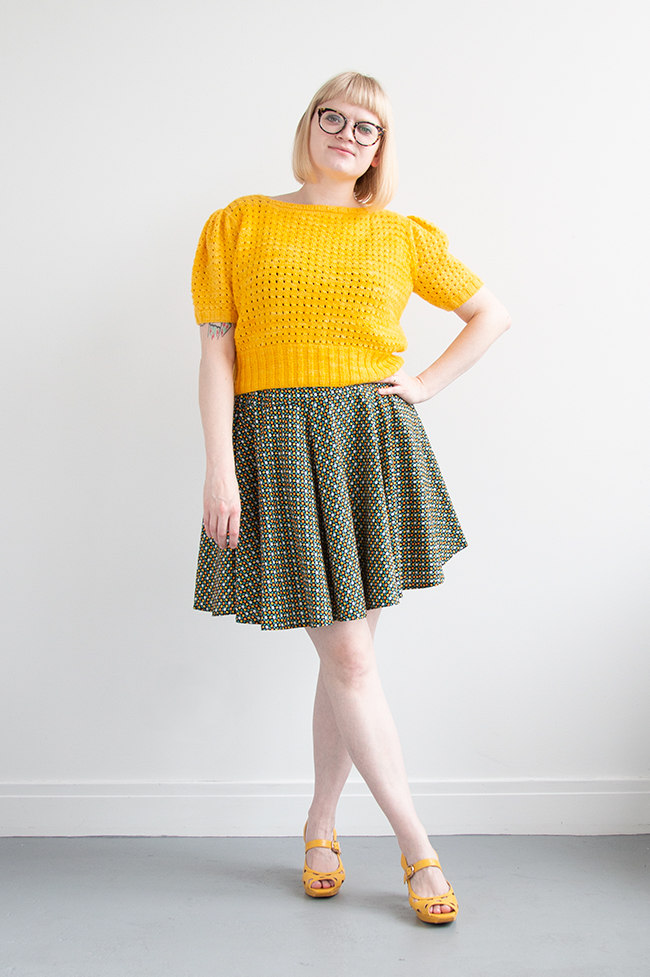
Since this Handmade Wardrobe series began last month, we’ve taken a look at three recent makes: the TLC Caftan, Simplicity 1803 & the ESP Dress. All 3 of these garments are sewing projects, dresses, and were made within the last year. Comparing these with two different silhouettes revealed consistent places where my body strays from standard pattern sizing*, which makes today’s featured outfit extra interesting. Better understanding how to fit clothes to my own body is the whole point of this handmade wardrobe exercise, and it turns out that a handknit sweater and self-drafted circle skirt were a great way to underscore the fit issues I’m eager to master.
*To acknowledge size privilege for a moment, I’d like to say I’m lucky that I can swing walking around in ready-to-wear/off-the-rack clothing. Most knitting, crochet & sewing patterns include a size that can work on my body as written. There are a lot of recent discussions, particularly on Instagram, about standard pattern sizing issues that I encourage you to seek out if you are curious about sizing considerations that fall beyond the scope of my personal experience (let me know if you’d like recommendations for important voices to follow in that discussion).
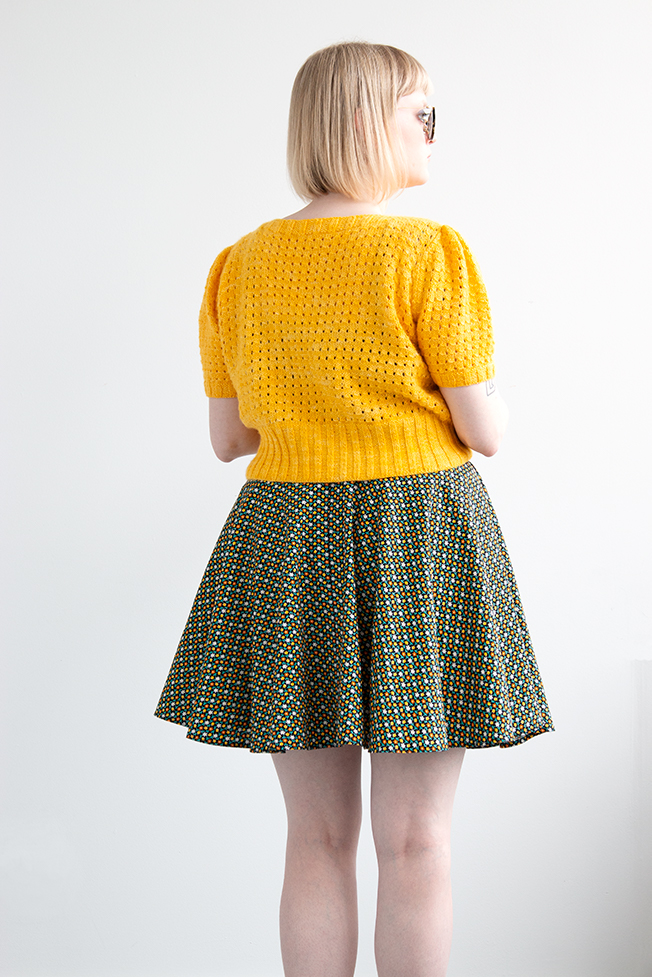
What I made
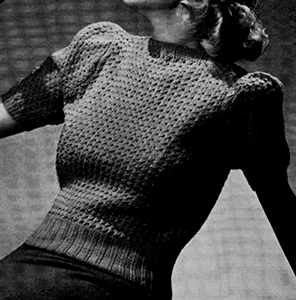
Sweater: The Fernlace Pullover, a vintage pattern originally printed in 1938. (Yes, this was on my Me Made May to-make list, and I finished it on time!) I knit it with three skeins of Despondent Dyes‘ Vintage Vixen Sport in the Party Line Breakup colorway.
Skirt: A self-drafted circle skirt with an invisible side zip and fully lined. Here’s a tutorial on how to draft your own circle skirt.
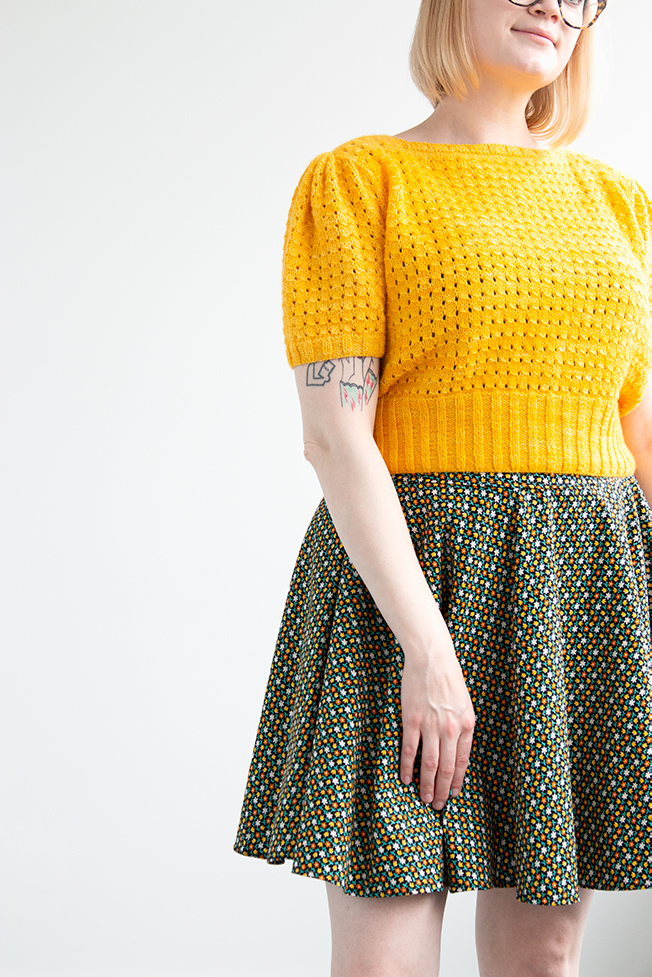
What I love about them
With all handmade projects, I think it’s important to take a moment to talk about what’s really working for me. I’m obsessed with the extremely yellow color of my Fernlace Pullover, the vintage puff sleeve (which I executed well and involves lots of hand seaming), and the allover eyelets. When it’s hitting right at my natural waist, the pullover plus the skirt provide a fun silhouette that is flattering for my body type. The fabric used for the skirt may just be from my local JoAnn, but I don’t think I’ve ever met a small scale floral print I didn’t love. You get some of the easy dressing potential of a solid, but with some added visual interest. Great, no?
You could call the shot above my flattering angle for this outfit. It’s flattering for me just as much as the sweater and skirt. I’m standing at a slimming angle. The skirt is resting right at my natural waist and hasn’t shifted up or down from movement. The sweater is sitting with the puff sleeve hitting almost where it should – right where my shoulder hinges when I raise my arms. Unfortunately, as soon as I move, the skirt tends to slide up, particularly if I have had a big lunch. And the sweater sleeves, already intentionally bulky, slide right off my shoulders.
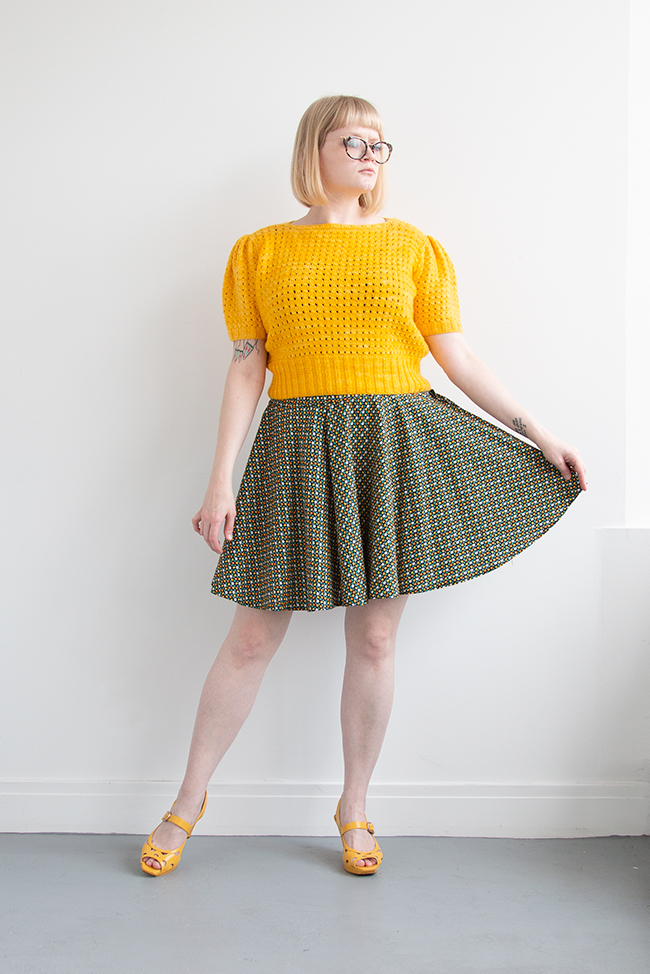
What I’d change
The circle skirt
This particular skirt was among FIVE such skirts I sewed last year in a flurry of summer making. Looking for a personal challenge (as I often do), I drafted the skirt pattern myself. My first attempt at this skirt in another fabric was very cute, but ultimately I rarely wore it because it wasn’t lined. Without the liner, a skirt intended to flow freely with lots of excess fabric ended up bunching up awkwardly right up the crotch as I walked around, resulting a super attractive, is-this-me-pulling-the-biggest-front-wedgie-in-public moment more than once. Incorporating a simple lining into this black version solved that problem relatively easily. The liner also added some fullness since it was made using just as much fabric as the rest of the skirt.
One might argue that a slip would have been easier to make and pair with all 5 of the skirts I made. Since I went with a slightly shorter length for fun on them, I opted for a liner to make dressing simpler in the morning. Plus, a sewn in lining will stay exactly where I want it as I move, not peeking out the bottom unless I’m doing a classic circle skirt spin. (And let’s be honest, that happens at least once per wear when donning a full circle skirt. It can’t be helped!)
Rapid-fire, I think I’d also make this skirt a bit longer as it gets a little shorter than I’d prefer when it rides up. This version of the skirt has an elastic waistband, which I’ll likely switch out with a hook closure at some point. And finally, pockets (I was too chicken to draft those plus the skirt pattern at the time) and a more even hem would also be in order. 
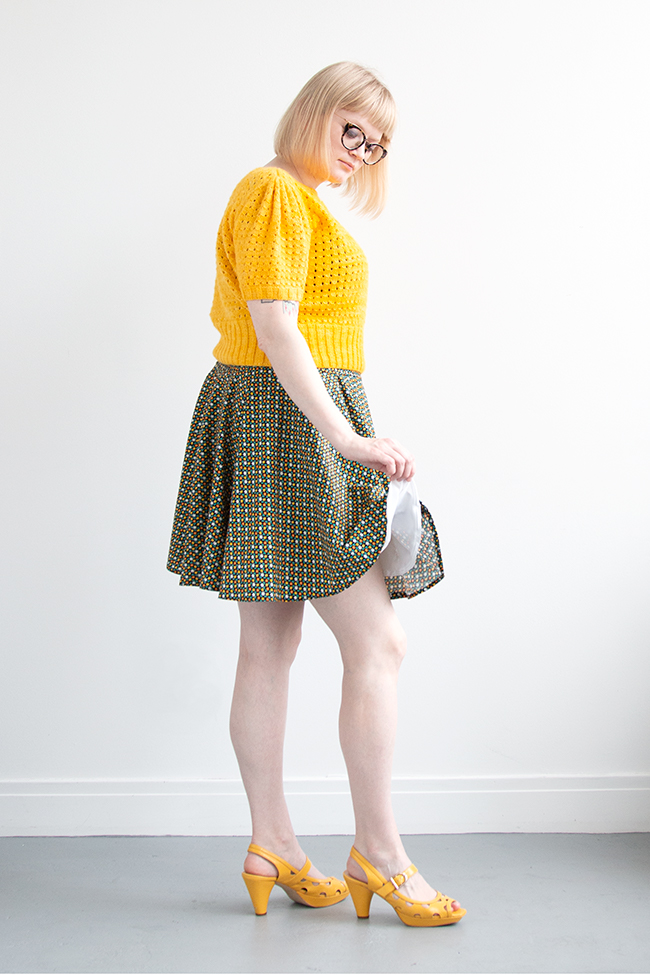
The Fernlace Pullover
Maybe I buried the lead on this above, but this sweater is simply too big on me. In my defense, I worked for the first time from a vintage pattern, and the only available size was a 35½ inch bust. The big mistake I made, which I should have realized in retrospect, was directly scaling the pattern up. I knit a gauge swatch in the listed pattern stitch (the eyelet lace), and straight up scaled it to fit my 37″ bust, forgetting that while I need that room in the chest, I have narrow shoulders and “average sized” waist. When I size from just the bust, my clothes are too big, especially in the shoulders.
Looking especially at the photo below, you can see my beautiful puff sleeves (the thing I’m happiest with in this garment for SURE) can’t rest at the appropriate point on my shoulders because the whole sweater is too wide. And speaking of too wide, you can see how much excess fabric is hanging out below the bust. I managed to make it short enough that it hit my natural waist just fine, go me, but I’m really thinking about finding the time to knit this sweater again. Next time, I think I’d knit a smaller sweater body overall, but keep the sleeves as-is. I will also do some math to narrow the shoulders by perhaps even half since that’s the area where a lot of my fit issues arise.
Let’s be honest, though. I’m not going to NOT wear this sweater. I put a lot of time into it, and I love it, flaws and all. I’ll probably even play with shrinking it since it’s knit in a non-superwash merino wool. There’s also always steeking the sweater to take it in at the center back and/or front. The options for creatively taking this thing in are many!
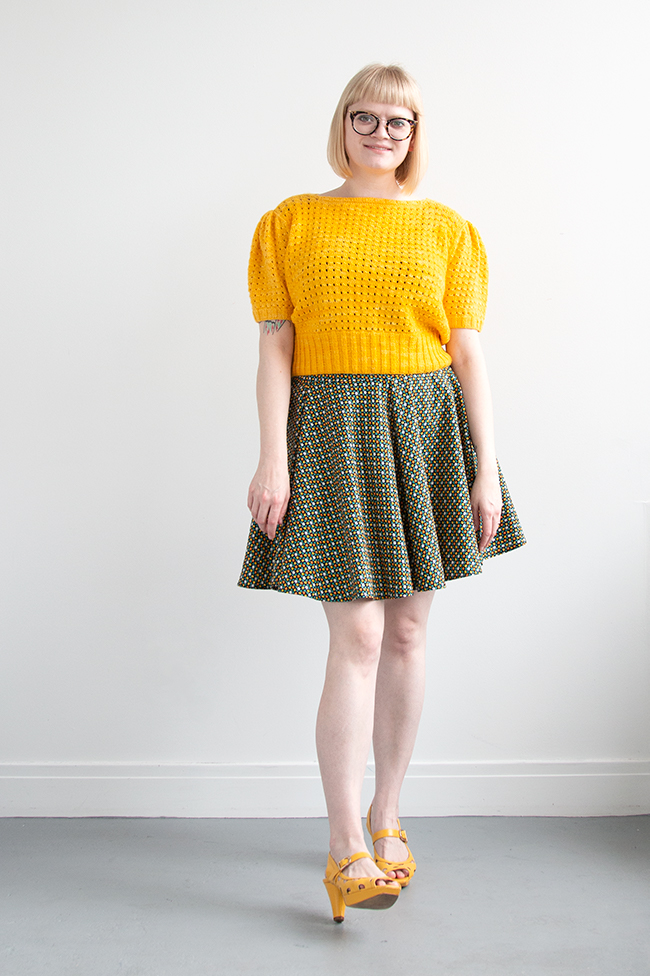
Overall
In the end, this outfit is a breath of fresh air for my wardrobe and marks two important accomplishments worth celebrating. One, I knit an entire, adult-sized sweater from a vintage pattern from 1938! Two, the self-drafted skirt pattern with liner was a fun challenge that taught me a lot (even if it did require quite a bit of fabric to do so). The cheery yellow is so much fun for summer, and matches one of my favorite pairs of summer shoes. The predominantly-black skirt will match so many things. While I have my issues with the fit, these are things that can be tweaked, not to mention how much you learn by making a neck to knee handmade outfit. Stepping back to take photos of my handmade clothes is allowing me to see, in 360 degrees, where my tailoring issues lie. In the end, this isn’t perfect, but I continue to learn a LOT in the process.
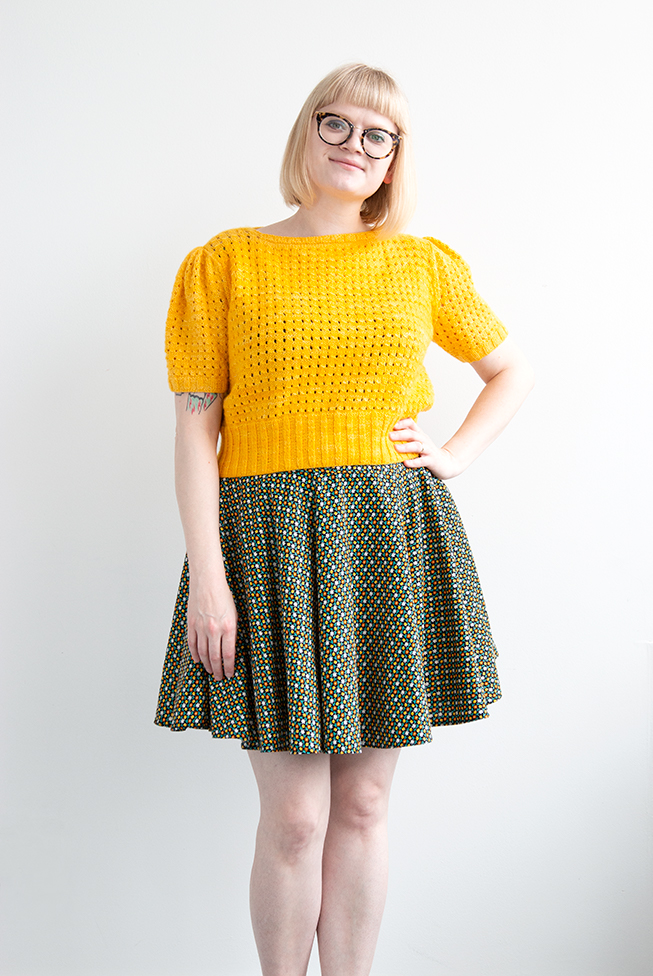

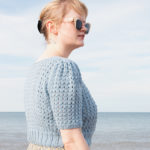

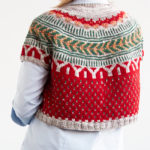
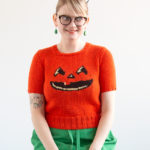


 & shop new patterns
& shop new patterns 





I loved the analysis of the garments and their genesis. And you do look adorable in them…..Print it on high quality stock paper, put a nice frame around it, and voila! you have a very nice formal portrait (I’m thinking of all those John Singer Sargent portraits from over a century ago, or some of the simpler portraits from the 1920’s-1930’s to bring that concept more up to date….
I adore that splendid, joyous yellow– are you going to put it on rewind and make something else with it?
Super cute! Can’t go wrong with such a bright sunny yellow :) For a while I needed more room in the front than the back so I’d make the front of my sweater with the stitch counts for the next size up and the length for my size. It mostly worked!
Do you have any tips for specific things I should look out for when mixing sizes? I just cast on another take on this same pullover, and I’m hoping to experiment to see what works better for me on round 2! :)